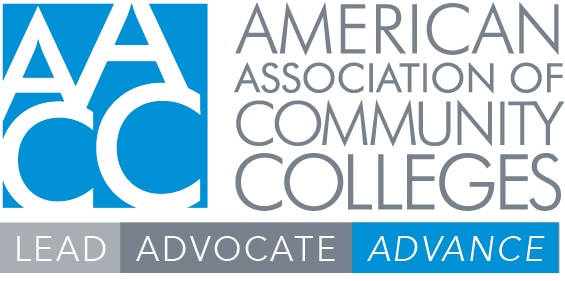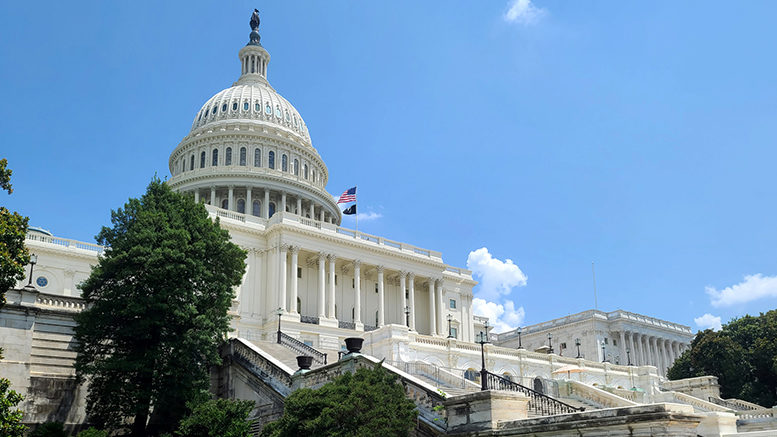The passage last week by the House Committee on Education and the Workforce of the College Cost Reduction Act (CCRA, H.R. 6951) means that three important pieces of legislation affecting community colleges and their students now await action by the full House. In addition to CCRA, the Bipartisan Workforce Pell Act (BWPA, H.R. 6585) and the A Stronger Workforce for America Act (SWAA, H.R. 6655) are also in the legislative queue.

However, none of these bills are currently scheduled to go to the floor. In a Congress marked by lack of legislative achievement, it is still reasonable to hope that major higher education legislation can be signed into law because legislators and the president alike would find a political upside to addressing a policy area of great concern to millions of Americans.
Bipartisan Workforce Pell Act
The American Association of Community Colleges (AACC) strongly advocates for workforce Pell, though the association has not formally endorsed the proposed Bipartisan Workforce Pell Act. The legislation clearly contains most, if not all, the elements that would ultimately be included in a final House-Senate compromise bill.
The most controversial element by far of BWPA is the way that it is paid for under legislative scoring rules, in this case eliminating the federal student loan eligibility of private colleges with large endowments. AACC hopes that another offset can be identified, if only to eliminate political pressures on the bill, and to steer clear of a policy that could have wider, unwelcome future ramifications.
BWPA has an extremely strict, varied array of eligibility guardrails that programs would have to meet to qualify for Title IV, and while from community colleges’ perspective further limitations are almost unimaginable, they could well be proposed in the coming months. AACC will likely oppose any additional restrictions on program eligibility and may suggest eliminating some of those in BWPA.
Most important is the timely House passage of BWPA in a legislative session shortened by the presidential elections. The bipartisan backing of the bill makes approval seem likely, at which point community colleges will turn their full attention to the Senate, seeking action on that or a similar measure.
WIOA authorization
Much of the same political dynamic applies to the education committee-cleared SWAA. The bipartisan legislation represents middle-ground changes to the Workforce Innovation and Opportunity Act (WIOA); it makes many long-deliberated alterations, several that AACC supports (the association would like to see some changes to the bill, though), without comprising a structural overhaul of the law. AACC would welcome House passage of SWAA, hopefully incentivizing the Senate to take up its own WIOA bill.
Interest in acting on WIOA in the Senate has reportedly increased in recent weeks, given grounds for optimism.
College Cost Reduction Act
The Higher Education Act measure passed by the Education and the Workforce Committee last Wednesday marked a far political cry from the bipartisan comity displayed on the two other bills. (CCRA is not a full-fledged reauthorization bill, but it makes fundamental changes to the student financial aid programs and the policies driving them.) Here, the parties differ sharply on the merits of the legislation. CCRA has some extremely positive features, including items that AACC has long supported. These include simplifying loan repayment, capping loan interest and overall payments, giving institutions authority to reduce loan maximums for certain programs and in other conditions, and creating a unit record data system with granular data. New financial “Promise” grants would also help colleges promote affordability and student success. The bill would bar the U.S. Department of Education from regulating in a host of areas, some of which AACC would welcome.
Provisions that are of concern in the House HEA bill include the return of “risk-sharing” and restricting the new national student record student to federal aid recipients – which leaves out more than half of all community college students. The legislation also includes a new “value added” framework for college programs that could benefit community colleges financially – though it would negatively impact some – but which represents a dramatic departure from student aid policy and requires further consideration.
One common element of the three bills is to more closely intertwine HEA and WIOA, particularly in the area of data and reporting, but also program eligibility. This is an overdue development that needs to be pushed further.
Rep. Virginia Foxx (R-North Carolina), chair of the House Education and Workforce Committee, will speak at the Community College National Legislative Summit on February 7. She is expected to address this legislation and related topics.





